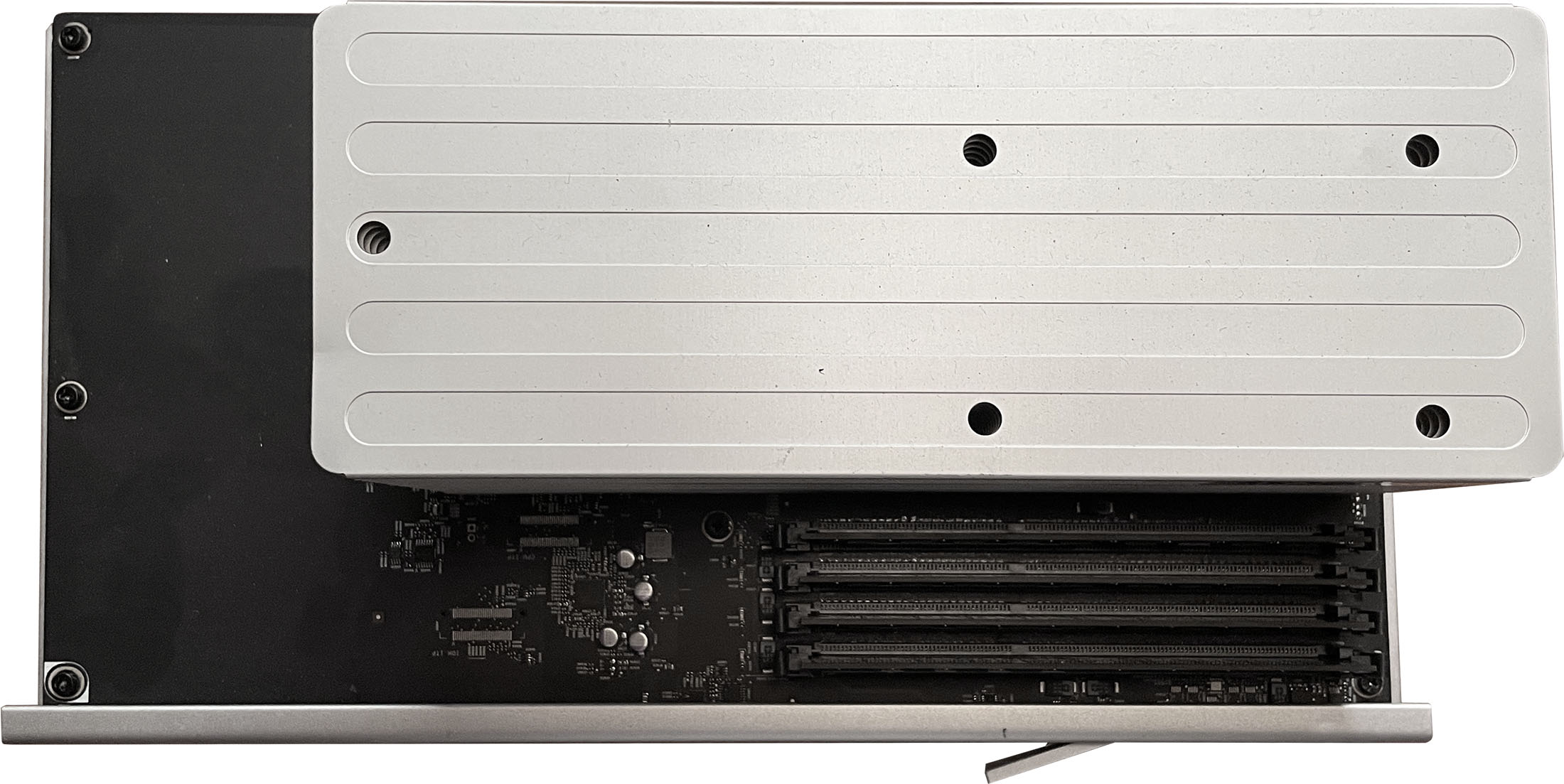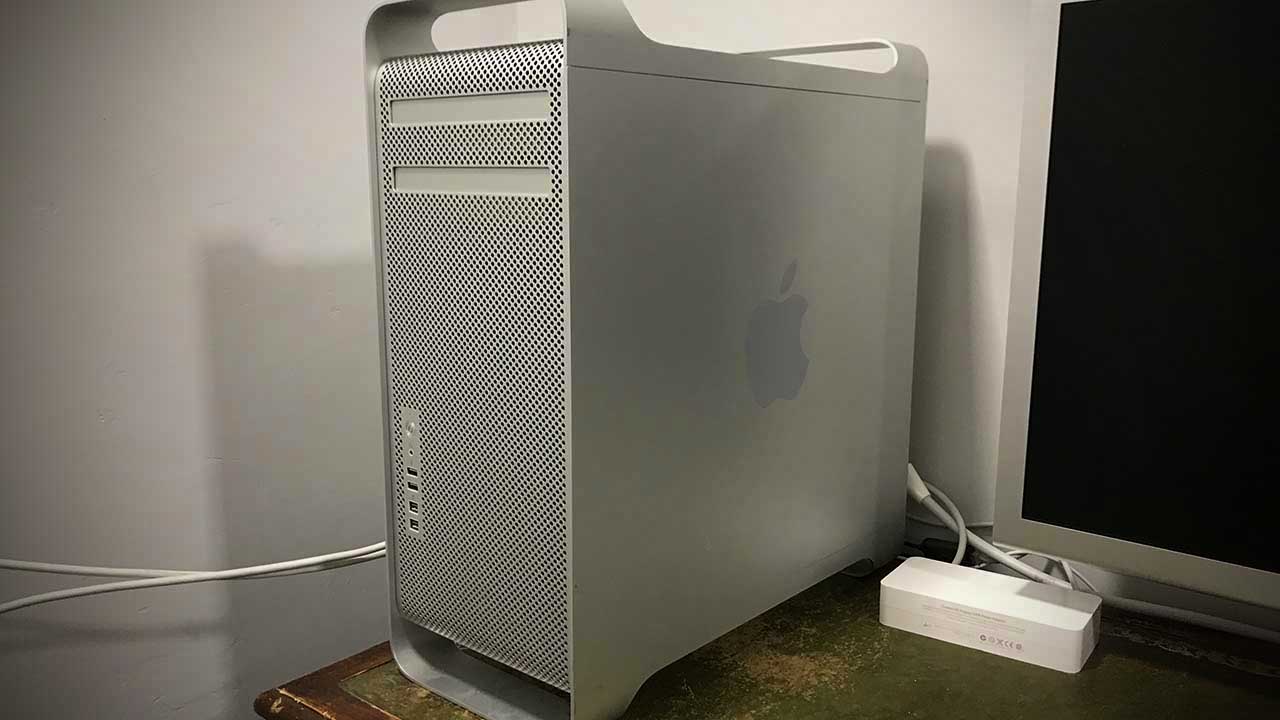

The first Fusion chips for desktop use will be based on Phenom II, and will launch around the same time as Bulldozer. Bulldozer, however, won't be part of the Fusion line-up for over a year.ĪMD's first Fusion processors have been built around the low-end Bobcat core, which is aimed at netbooks and thin and light laptops - somewhere above an Atom, but below a Core i3. It's already begun its Fusion project, which - like Intel's Sandy Bridge chips - integrates a graphics core onto the same die as a CPU. The biggest problem AMD faces will be branding. The first Bulldozer chips, codenamed Zambezi, will be come in four, six or eight-core variants, which suggests they'll build on AMD's current strategy of offering more cores for less than Intel. The basic unit within Bulldozer is a dual-core module, which can share resources across its two execution engines or divide them up for increased parallelism. AMD has yet to confirm which chips it's planning to launch, but the internal structure is very different from what's gone before. This summer we're expecting to see AMD processors based on a completely new design, currently called Bulldozer, which could pose a real threat to Intel's dominance.īulldozer's design looks very advanced and efficient. Throwing cores at the problem hasn't helped either - six-core Phenom II chips can't keep pace with their Intel quad-core rivals.ĭon't write AMD off just yet, though.

Such is the market's confidence in Intel's silicon.ĪMD has been trailing in raw performance since the launch of Intel's Core 2, which blew the Athlon 64 out of the water.
#Upgrading a mid 2010 mac pro 5.1 cpu tray series
Even the billion-dollar recall of its new 6 Series motherboards failed to upset the launch of its Sandy Bridge processors - the week the recall was announced, Intel's share price actually rose. The battle between AMD and Intel has been raging for decades, but it feels like Intel may have gained the upper hand. It might not be an easy decision, but with the array of new silicon, you're sure to find one that's a good fit for you and your system. We'll guide you through the business of picking the best chip. For example, Intel's new Sandy Bridge CPUs have an astonishingly good Quick Sync video encoding engine, which is often better than GPU acceleration. There are other factors to consider, too.
#Upgrading a mid 2010 mac pro 5.1 cpu tray Pc
This would do a better job than a PC with a quad-core CPU and a non-programmable graphics card. Video-editing professionals, for example, might opt for a dual-core MacBook Pro, with a GeForce chip for encoding HD streams with Final Cut Pro. You therefore need to think about your system holistically, considering your requirements. The same applications (including Photoshop, Adobe Premiere and HD video players) can take advantage of GPU acceleration. Thankfully, many video editing suites and games are now written to use multiple cores simultaneously. Speed is largely determined by the applications you're running, and how they use those cores. As perverse as it sounds, more cores don't necessarily mean more speed. Lets consider one factor in detail: the number of cores.


 0 kommentar(er)
0 kommentar(er)
